Non-lethal anti-riot equipment for the DRC’s police force is meant to usher in a more peaceful era of law enforcement. But critics see it as another way to crush dissent.
KINSHASA, Congo—
On a sticky, sunny Wednesday morning in late January, the Democratic Republic of Congo’s national police force, known as the PNC, introduced new riot-control equipment to assembled government officials, diplomats, press, and several hundred sporadically interested cops. The audience had been invited to PNC headquarters to witness Evariste Boshab, the DRC’s vice prime minister and interior minister, hand over the kit to the chief of police, Gen. Charles Bisengimana. The inventory included 10 anti-riot vehicles—half of them mounted with water cannons and half with tear gas launchers—and an arsenal of tear gas, Tasers, rubber bullets, smoke bombs, and stun grenades, as well as hand-held weapons for firing the ammunition.
The materiel’s provenance and cost may remain a state secret, but its unveiling was clearly meant to be a spectacle of sorts. Anyone expecting a North Korea–style projection of state power characterized by slick choreography and metronomic discipline would have gone away disappointed. Instead, dignitaries sat beneath a gazebo facing the scrubby drill yard, backs to a grassy carpark. The police band played at various intervals, sometimes marching in formation, while PNC recruits in ill-fitting riot gear lined up on the far side of the field. They idled, supporting their weight on Kalashnikovs or plastic shields, periodically jolting to attention at the interruption of a barked instruction. Boshab is a feared man but was rendered slightly ridiculous on this occasion by malfunctioning loudspeakers, which emitted staccato incoherence when he assumed the podium. Later he was able to regain some of his gravitas by posing with a tear gas launcher.

During and after the ceremony, the acquisition of the anti-riot equipment was presented as a positive development in the long-awaited reform of the police force. With the arrival of a second batch of equipment later in the year, the reasoning goes, the PNC will have adequate nonlethal means with which to both ensure public order and uphold civilians’ human rights. And in fact, the United Nations Joint Human Rights Office tentatively applauded the move, responding to the arrival of the new kit by tweeting:
Good news! non lethal materials for PNC=essential for democratic crowd control + elections, #JMAranaz #UNJHRO https://t.co/1kaJAMAOvk
— UN Human Rights DRC (@unjhro) January 28, 2016
But the DRC’s government has established a reputation for not playing fair with opponents, and its security forces—the police, the military, and the intelligence agency—are typically regarded as the bluntest of the instruments with which the country’s rulers silence those who cause trouble.
This meant that for many observers it was the symbolism and timing of the January ceremony, more than the tear gas launchers and water cannons themselves, that were particularly significant. This is an election year—a crucial event for the DRC, a country where power has never been transferred democratically. For some Congolese, the ceremony represented one of numerous maneuvers devised by a government prepared to crush all dissent as grievances foment about a stalled electoral process. Or as Martin Fayulu, a leading opposition politician who was recently detained by the intelligence agency, puts it: “Everyone saw it. It said to the population, ‘Take care! Don’t go out! Don’t demonstrate! Stay at home!’”
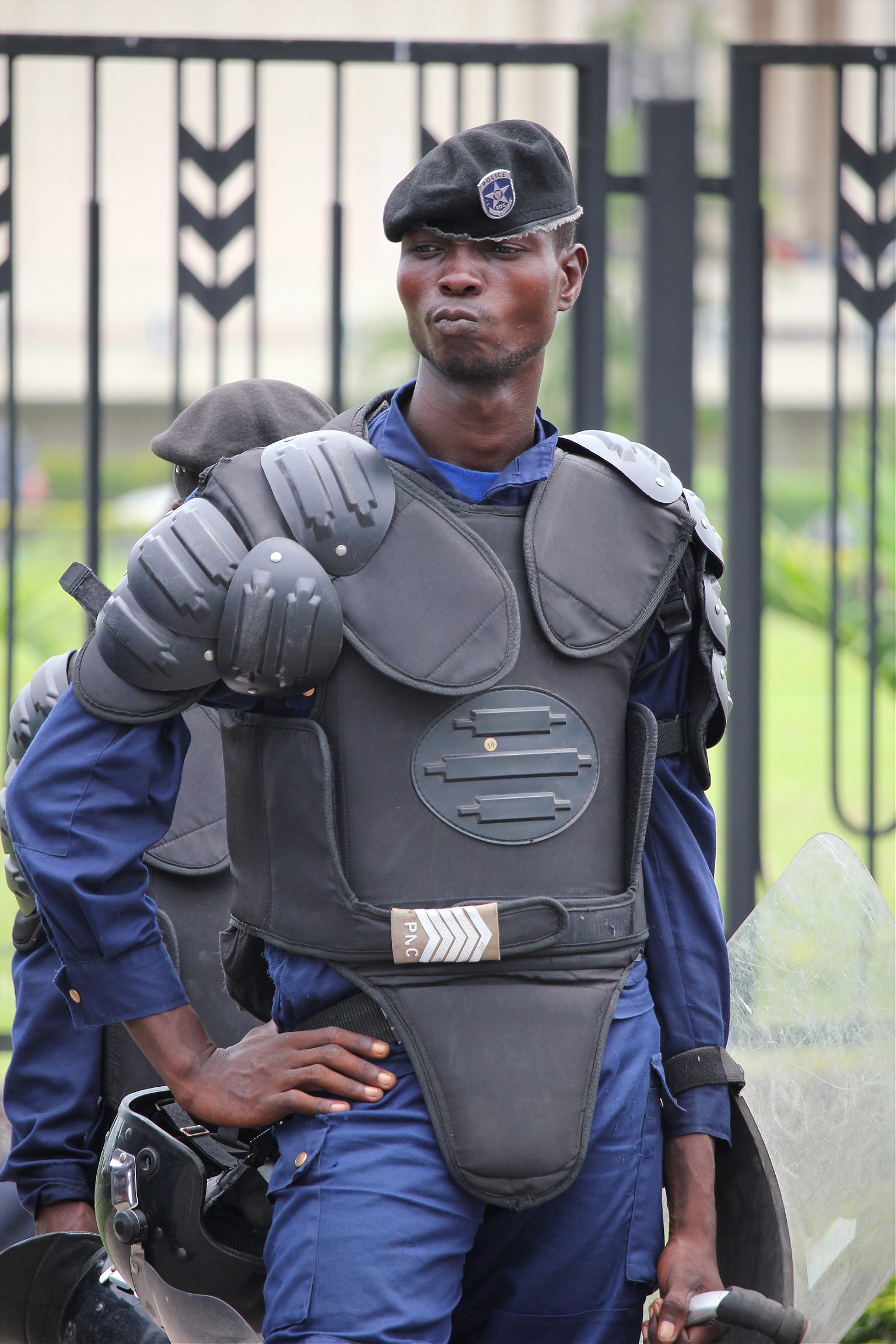
President Joseph Kabila came to power in 2001 and was first elected in 2006. He is fast approaching the end of his second mandate, and the Congolese Constitution requires him to step down after this November’s election. But Kabila appears eager to emulate his counterparts from neighboring Rwanda, Republic of Congo, and Burundi by engineering extra presidential terms through the revision or replacement of national constitutions—and the spilling of blood if the need arises.
The Congolese political system is so paralyzed that many of Kabila’s opponents accuse his government of deliberately undermining the path to elections through a strategy known as glissement, French for “slippage” or “sliding.” The longer it stalls, this theory runs, the more time Kabila has to somehow contrive a renewal of his presidency. The opposition has responded to the inertia of the electoral commission by amplifying its complaints and organizing coalitions. The most significant of these is the Citizen Front 2016, a group of major opposition political parties and prominent civil society organizations that was founded late last year.
In turn, Kabila’s government has met this increasingly coherent and unified agitation with brazen means of repression. Tactics range from crude violence to banal efficiency. On a single day this January, the police systematically shut down more than 40 events organized by the Citizen Front before they started. The ANR, the DRC’s intelligence agency, thinks little of arresting and intimidating prominent opposition politicians or preventing them from traveling around the country.
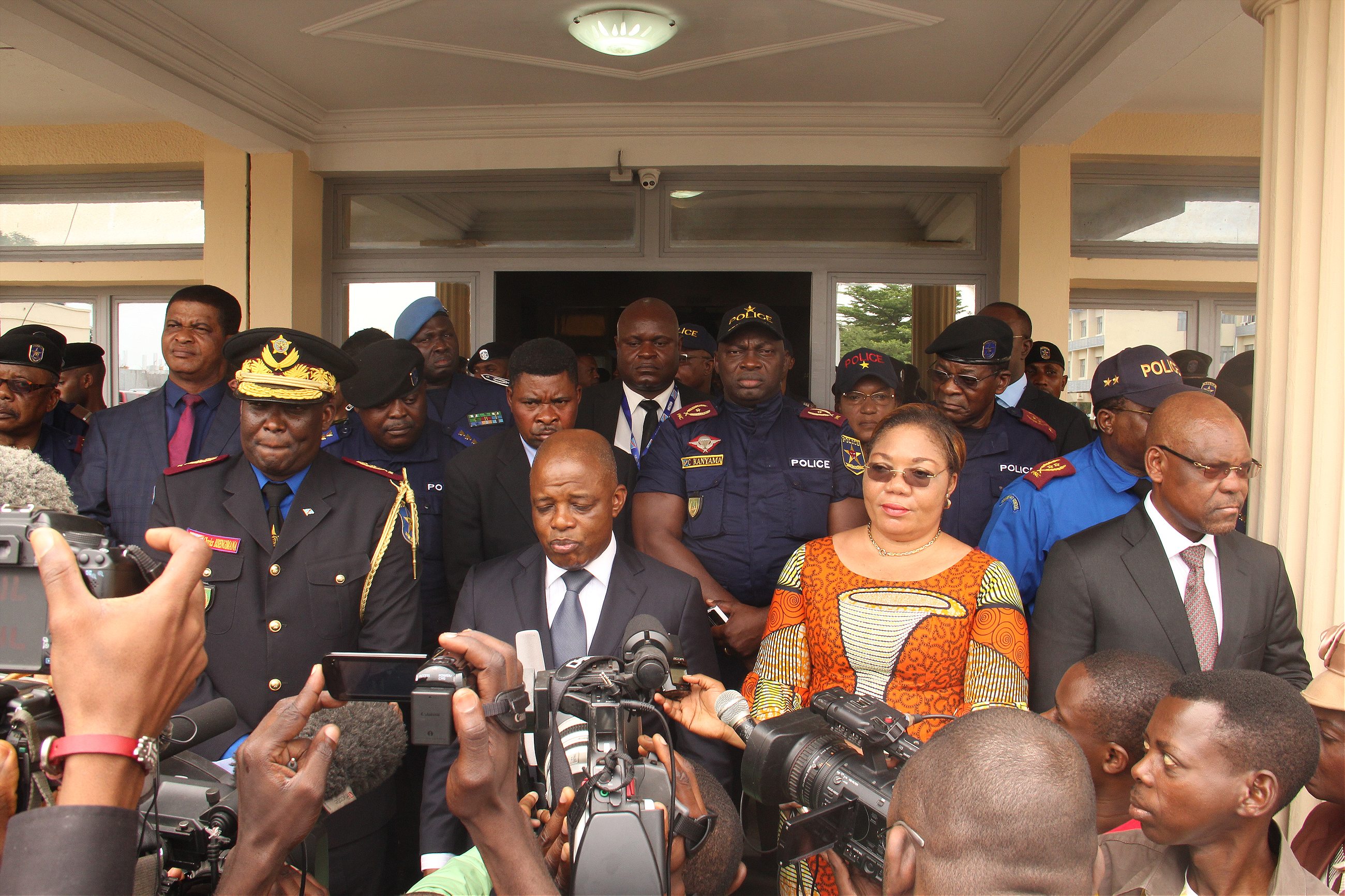
While the DRC’s security services are rightly viewed with suspicion by most Congolese, a restive population has been asked by its government not to reflexively dismiss January’s unveiling as a sinister warning aimed at it by the Kabila regime. After all, the fewer opportunities the police have to use live rounds against their compatriots on the street, the better. However, there is growing evidence that this is either wishful thinking or deliberately misleading and that legitimate, peaceful dissent, in Kinshasa and elsewhere in the DRC, will only get more dangerous. In fact, according to data compiled by the UNJHRO, such activity has already become more perilous, and at the forefront of this escalation of repression stands the PNC.
Predictably nevertheless, Boshab stressed the ethical dimensions of the new purchases. He claimed that the equipment would allow the police simultaneously to prevent the “law of the outlaw triumphing over the law of the Republic” and to “ensure that the fundamental rights of citizens are respected.” Similarly, the PNC’s chief told local radio that nonlethal equipment would permit his force “to properly handle crowds without causing collateral damage or killing the population.”
While the reasoning is surely solid, it is difficult to find people who trust its advocates. José Maria Aranaz, the UNJHRO’s director, describes the police’s new anti-riot material as “a positive first step, which has long been among our recommendations.” He adds, “Hopefully this is a first step to eradicating the use of excessive force and the deployment of Kalashnikovs when controlling crowds.”
Aranaz concedes that the acquisition of nonlethal equipment will change little on its own. Like most observers, he is especially concerned about the PNC’s culture of partisanship and impunity. Aranaz clarifies that any U.N. support for the PNC must be conditioned on accountability and an end to impunity before mentioning the inescapable miasma of two events: Operation Likofi, a campaign during which the PNC was accused of murdering more than 50 young Congolese men, and an episode in January 2015 when the president’s elite military unit disrupted street demonstrations for several days and killed more than 30 protesters. “Nobody has yet been brought to justice,” he says.
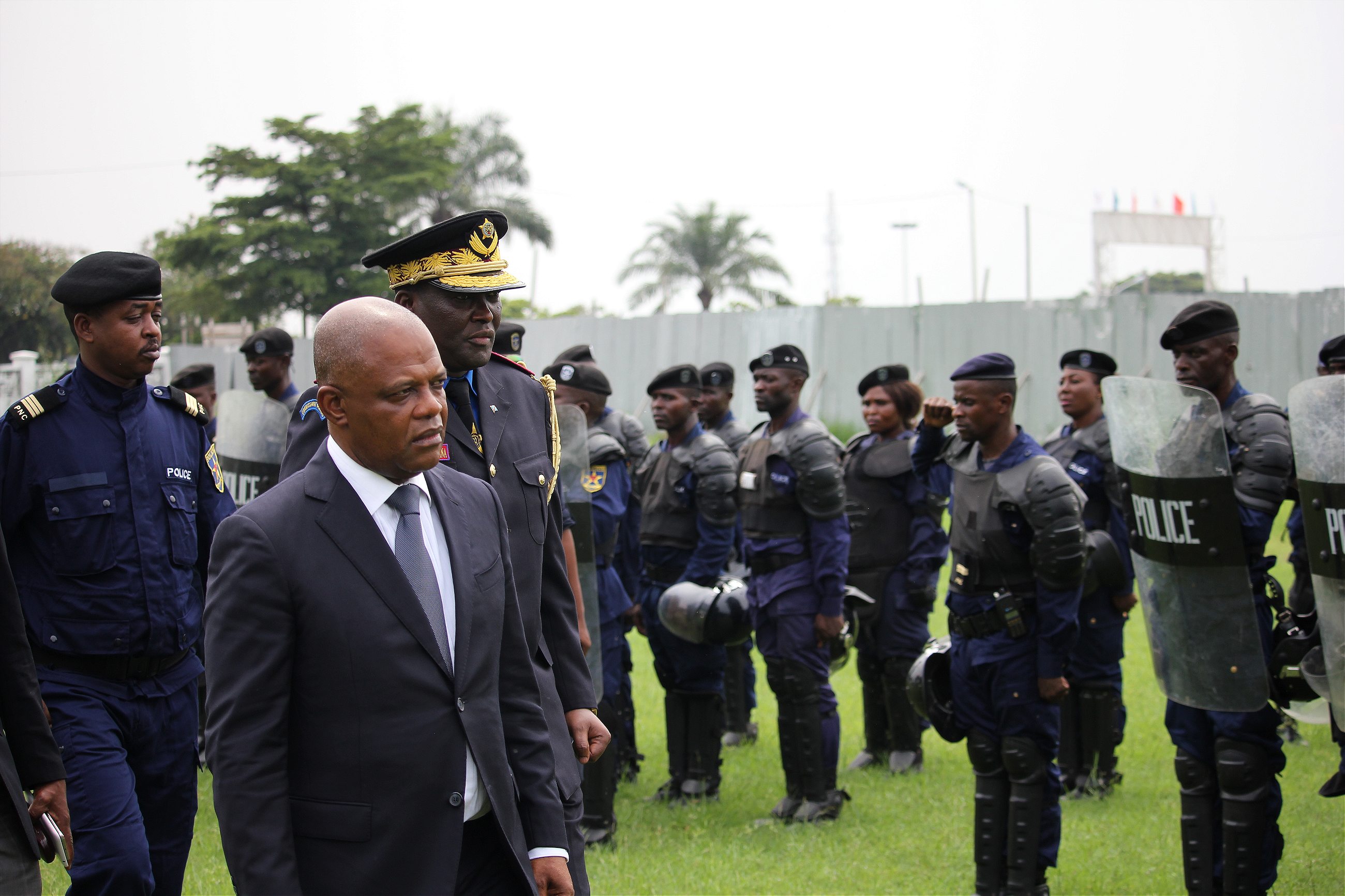
Operation Likofi had been launched by the government in November 2013 as a response to rising armed crime in Kinshasa, and it continued until February 2014. Human Rights Watch later discovered that police killed at least 51 unarmed Congolese boys and young men—often summarily executing them outside their homes in front of family members—and forcibly disappeared 33 others. A senior HRW staffer described Likofi as “a brutal police campaign that left a trail of cold-blooded murders in the Congolese capital.”
Kinshasa’s police chief, the physically intimidating Gen. Celestin Kanyama, has been heavily implicated in several cases. Officers interviewed by HRW claimed Kanyama was Operation Likofi’s primary commander, giving the orders to kill the suspected criminals and being present during some of the attacks. He also led the bloody crackdown in January 2015 and was accused of recruiting thugs to attack an opposition rally last September. More recently Kanyama went on Congolese television ahead of a football match involving the national team to forbid the population from “any public displays of joy” in the event of a victory. In Kinshasa, where Kabila lacks popular support, such celebrations often feature anti-government slogans. His appeal was in vain, and after the game the PNC erected blockades and dispersed euphoric crowds with tear gas in some parts of the capital.
It is therefore unsurprising that Boshab’s declaration of a new era of cleaner policing fails to reassure those who are active in opposition politics or human rights advocacy. According to Ida Sawyer, HRW’s senior researcher in the DRC, “The issue has not been the lack of the right equipment but rather a matter of political will with orders coming from senior officers to use force to block demonstrations and use illegal means to prevent people from being able to demonstrate peacefully.” The impression that the PNC’s allegiances are narrow and biased is widespread. Samy Badibanga, the parliamentary chief of the largest opposition party, tells me that the government appears “to want to make the police a tool of the regime so that it doesn’t play its constitutional role.” Similarly, Jean Lucien Bussa, the president of an opposition party and founding member of the Citizen Front, asks rhetorically: “Is the police’s ideology the protection of citizens or the defence of the Kabila regime?” He adds, “The national police obeys just one man, and consequently we have a reign of impunity, a completely partisan police.”
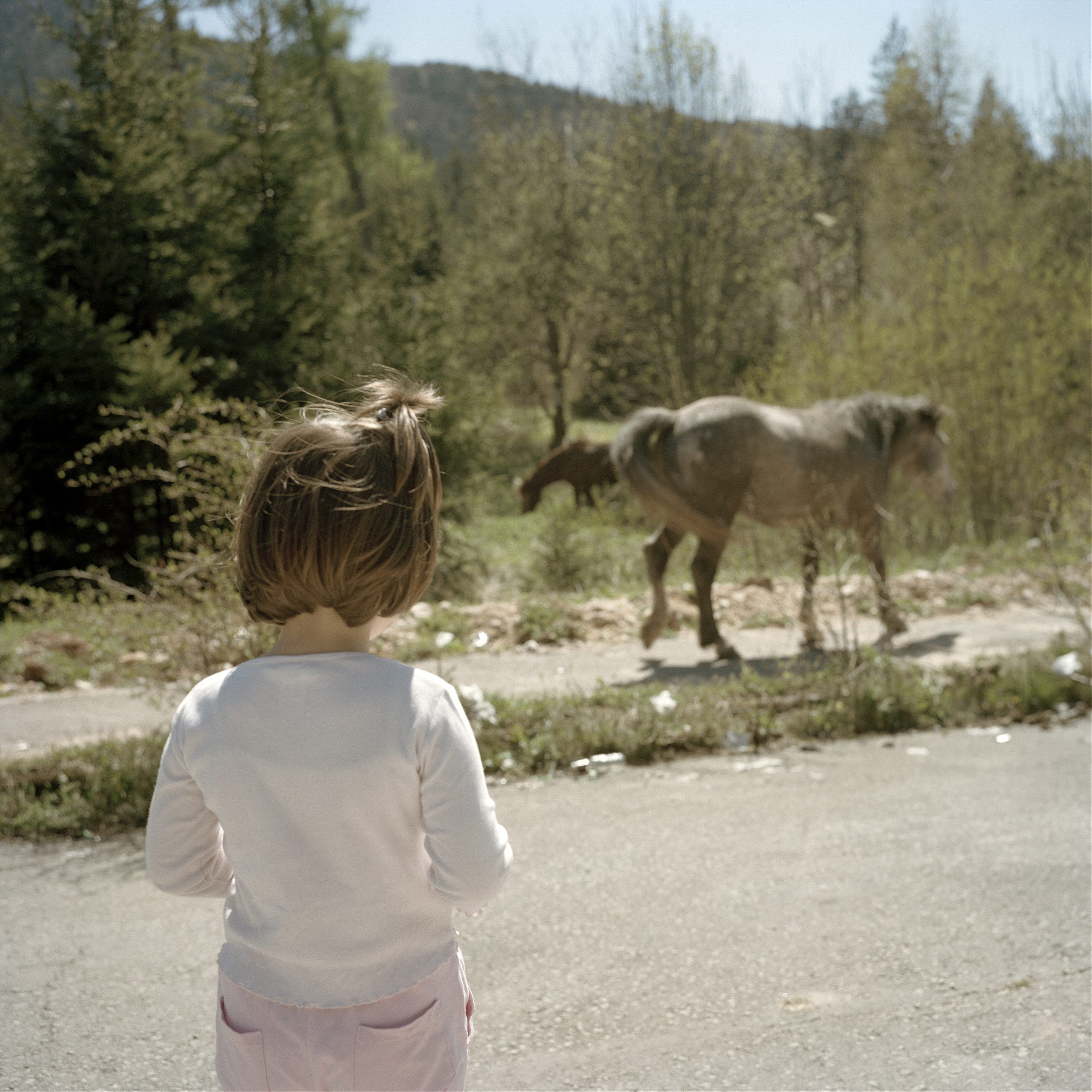
Critics of the government’s highly public launch of the anti-riot material scoff at Boshab’s language of rights and respect. For Bussa, the messaging was straightforward, an effort “to intimidate a population readying itself not to accept a third mandate for Kabila.” Badibanga is equally unequivocal, describing the purpose of the widely broadcast ceremony as “intimidation, intimidation, intimidation.” He laments that while the Congolese population goes without, “The regime prefers to spend millions of dollars to buy materiel for riots as we enter an electoral year. A very bad signal has been given to the people.”
Some, such as Jean Claude Katende, the Citizen Front’s spokesman, believe that the new anti-Kabila coalition looms particularly large in the thinking of those directing the PNC. For Katende, “The equipment was bought on the recommendation of the ANR to counter public protest and above all the Citizen Front 2016.”
These fears are not imaginary, and the dysfunctional electoral period appears to have already made the DRC’s security forces more repressive. Last December, a UNJHRO report found “an increase in the number of violations of political rights and public freedoms committed by state agents” throughout 2015, including nearly 300 victims of extrajudicial executions by states agents, and noted that the PNC and ANR were the “main perpetrators of documented violations.”
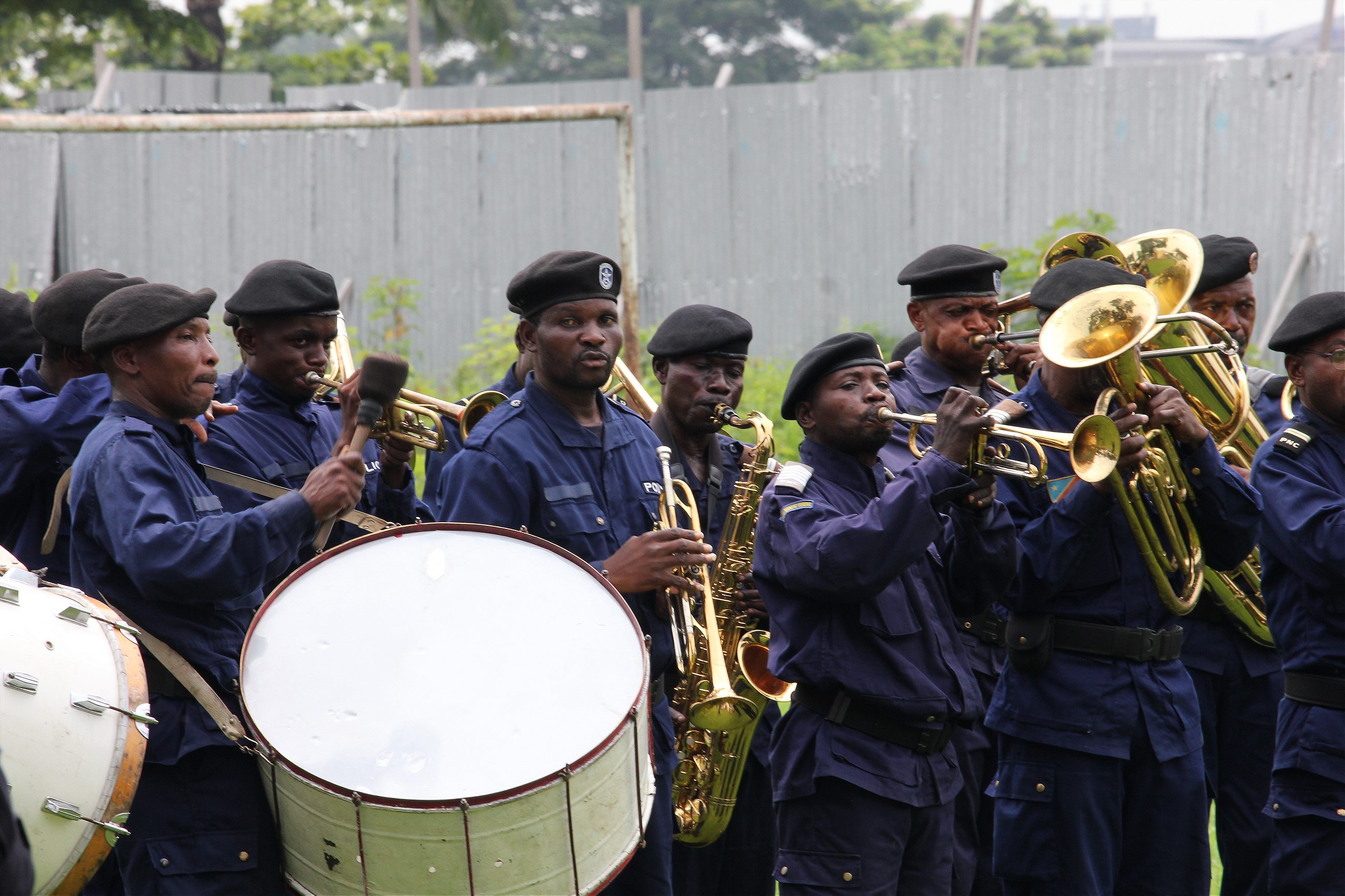
The same organization also recorded a significant increase in human rights violations in January compared with December and again found members of the PNC to be the most prolific offenders. The UNJHRO has declared itself “deeply concerned about the restrictions on freedom of expression in the country and the safety of those who express differing views on the actions of government or the wish ascribed to the President of the Republic to amend the Constitution.” Sawyer confirms that she has seen an increase in state repression over the past year and “a real closing of the political space,” adding that while there has always been repression in the DRC, “the political opposition, independent media, and NGOs have typically been able to operate to a degree.”
Unfortunately for those who find themselves targeted by the PNC and the rest of the security forces, it appears unlikely that the situation will improve in the immediate future and probable that it will deteriorate. Emmanuel Kabengele is the national coordinator of the Network for the Reform of the Security and Justice Sector, a coalition of civil society groups. “The prospects are not good as the current political context presages an escalation of repression,” he says. The U.N., HRW, and the DRC’s dissenters all agree that addressing the impunity that prevails within the PNC is a matter of fundamental urgency, but they appear equally pessimistic about the chances of meaningful reform.
Badibanga laughs wryly as he discusses the population’s understandable reluctance to trust the PNC. He refers to Kanyama’s widely known nickname: espirit de mort (spirit of death). There have been frequent demands for robust and independent investigations into the allegations concerning Kanyama and his ilk; however, these men have remain untouched, and it would be unwise to expect that to change any time soon. As Kabengele notes, “The PNC’s general inspectorate is like a knife which cannot cut a banana.”

